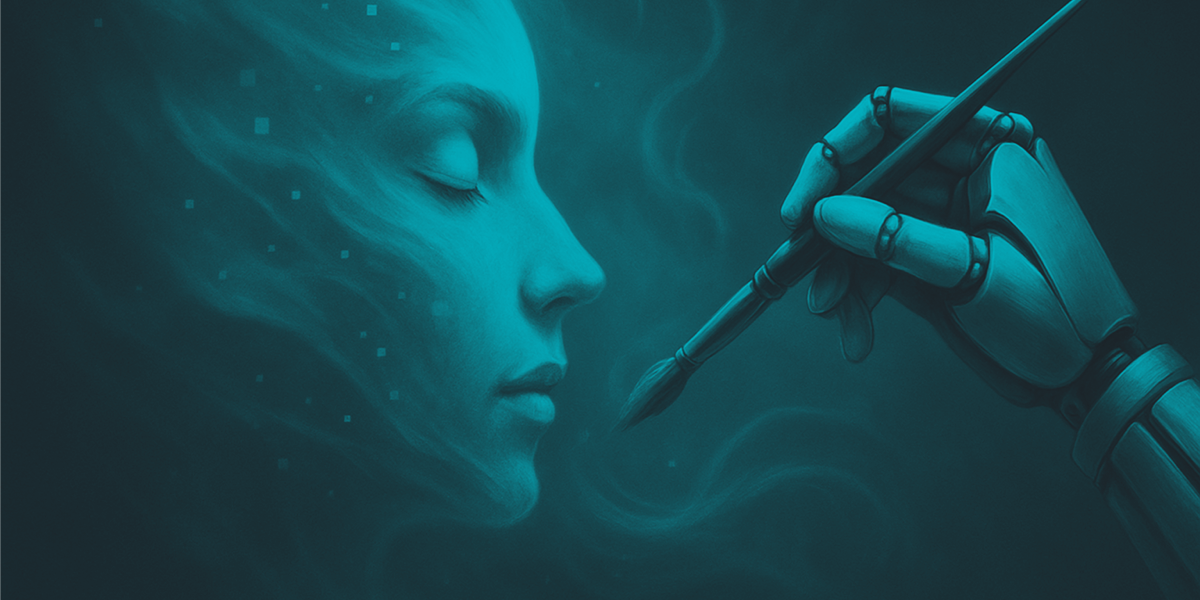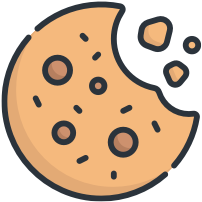Evolving Art: How Visual LLMs Are Autonomously Guiding Generative AI

For decades, artists and designers have leaned on interactive evolutionary computation (IEC) tools to iteratively refine their creations through human-guided selection. But what if we took the human completely out of the loop — and still ended up with stunning generative art? That’s exactly what our new research proposes. We propose an Agentic AI system where AI not only generates new artistic designs — it evaluates, selects, and improves them all on its own. In this post, we’ll focus on the generative art side of things: how large language models (LLMs) and visual-LLMs are coming together to make autonomous visual creativity real.
Visual Models as Art Critics
Our proposed system replaces random mutation with what we might call intelligent variation. Instead of tweaking a prompt or code blindly, it uses LLM to generate new image prompts based on previous “winning” prompts and feedback from visual LLMs. Think of visual LLM as a creative director with a deep knowledge of art history, composition, and design trends — and crucially, a memory of what’s been working so far.
For example, it might take a prompt like: A warrior princess in gold armor, digital art style and evolve it into: A regal warrior queen in intricately detailed golden armor, standing in a sunlit throne room, ultra-realistic digital painting in the style of ArtStation. Every word is chosen not at random, but because LLM gains experience of what makes prompts more compelling — through feedback from a visual evaluator saying e.g. add more majestic and detailed elements.
Once new prompts are generated, they’re first passed into an image generator like DALL·E 3 or Stable Diffusion to render actual artwork. Then the real magic happens: instead of asking a human to judge which one is best, a visual LLM evaluator steps in. These models aren’t just rating images based on vague “aesthetic quality.” They’re acting as domain-specific critics:
- Does this image match the style and theme we’re going for?
- Are the visual elements (lighting, composition, detail) aligned with the prompt?
- How unique or emotionally resonant is the result?
The visual LLM doesn’t stop at a thumbs-up or -down; it generates natural language feedback — like a professor critiquing a student’s art: “The armor detail is excellent, but the background lacks depth. Consider adding environmental context.” This feedback goes back to the LLM for the next round. The loop tightens — generation, evaluation, feedback — and the art keeps getting better.
A Case Study: Evolving a Warrior Princess
Through a few generations, and guided only by AI evaluation, the prompts evolved into much richer compositions, such as: A breathtaking portrait of a warrior queen with silver braids, intricate golden armor, surrounded by glowing runes, dramatic lighting, trending on ArtStation. The resulting images followed suit: more detailed, more expressive, more coherent. Over time, the AI “learned” to emphasize clarity of the face, composition depth, and thematic richness — all without any human saying a word.

Architectural Dreams: Cities from AI Imagination
The system was also tested on evolving architectural concept art. Starting from simple seeds like A futuristic city, the AI evolved prompts and images that looked like they were straight out of a sci-fi film. The results? Striking, moody, cinematic artwork — made entirely by machines, critiqued by machines, improved by machines.

So… Is It Art?
This system doesn’t just remix existing images. It composes new visual ideas by combining concepts in meaningful ways — much like a human artist would. It learns what works, what doesn’t, and how to iterate toward something better. But it doesn’t stop to ask why. It doesn’t experience emotion or intent. So is it truly creative? That’s a deeper question, but here’s a practical takeaway: the system produces art that’s good enough to stand beside human-created work. It can be used as a co-creator, an ideation engine, or a fully autonomous designer. Most importantly, it shows that with the right structure — intelligent variation + meaningful evaluation — generative systems can evolve their artistic instincts.
Final Thoughts
This LLM-driven evolutionary art engine marks a turning point. It goes beyond the static prompt-to-image loop we’ve grown used to. It learns. It adapts. It improves — all autonomously. This isn’t the end of human creativity. It might just be the beginning of something richer: a new kind of dialogue between minds — one biological, one artificial — both reaching for something beautiful. For artists and designers, this opens up exciting possibilities:
- Imagine running hundreds of iterations overnight and waking up to a gallery of concept art tailored to your theme.
- Or using such a system to co-evolve ideas you hadn’t thought of, with AI as your creative partner.
- Or just watching a machine dream up beautiful things — and learning from what it imagines.
Integrate 38,000+ AI assets and 160+ LLMs with one API key and a unified pay-as-you-go method.
 We have cookies!
We have cookies!